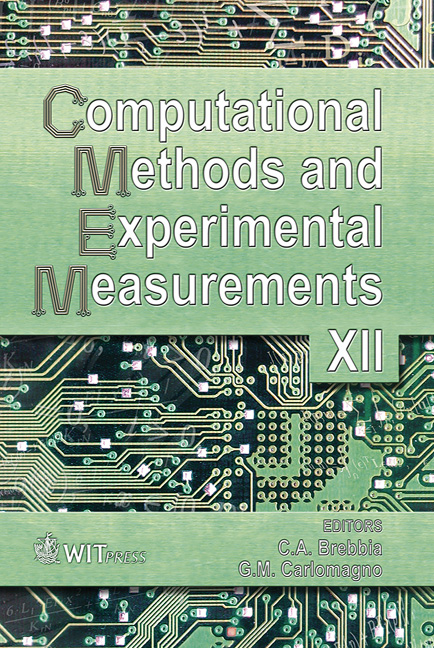Load Path Method In The Interpretation Of The Masonry Vaults Behaviour
Price
Free (open access)
Transaction
Volume
41
Pages
12
Published
2005
Size
1,154 kb
Paper DOI
10.2495/CMEM050361
Copyright
WIT Press
Author(s)
F. Palmisano, A. Vitone & C. Vitone
Abstract
Born as a method to design Strut and Tie Models in reinforced concrete structures, the Load Path Method (LPM, Schlaich and Schafer [2], Vitone A. and Vitone V. [3], Palmisano et al. [4]) has also become a simple and effective instrument to understand the behaviour of masonry structures (De Tommasi et al. [1]). This paper deals with the effectiveness of the application of the Load Path Method to the diagnosis of the pathologies of the masonry vaults. While proposing the principles and the general criterions of LPM for the case of the arch, it will try to gather the correspondences with the classical approaches to these themes. The method offers an interpretation of masonry vaults behaviour that immediately exhibits the correlation among form (geometry) and structure (distribution of loads and of thrusts): a particularly narrow correlation in the case of the masonry vaults. Keywords: masonry structures, arch, vault, strut and tie, load path. 1 Load Path Method: basic principles The most suitable orthonormal Cartesian system of architectural forces to physical environment in which they flow is the one capable of bringing them back only to vertical loads and horizontal thrusts. According to this, structure can be read as the trace of the loads path (De Tommasi et al. [1]). The form of the structure is the result of their mutual integration and mainly of the influence of profiles traced by the thrusts path, forced to deviate from their natural horizontal
Keywords
masonry structures, arch, vault, strut and tie, load path.





